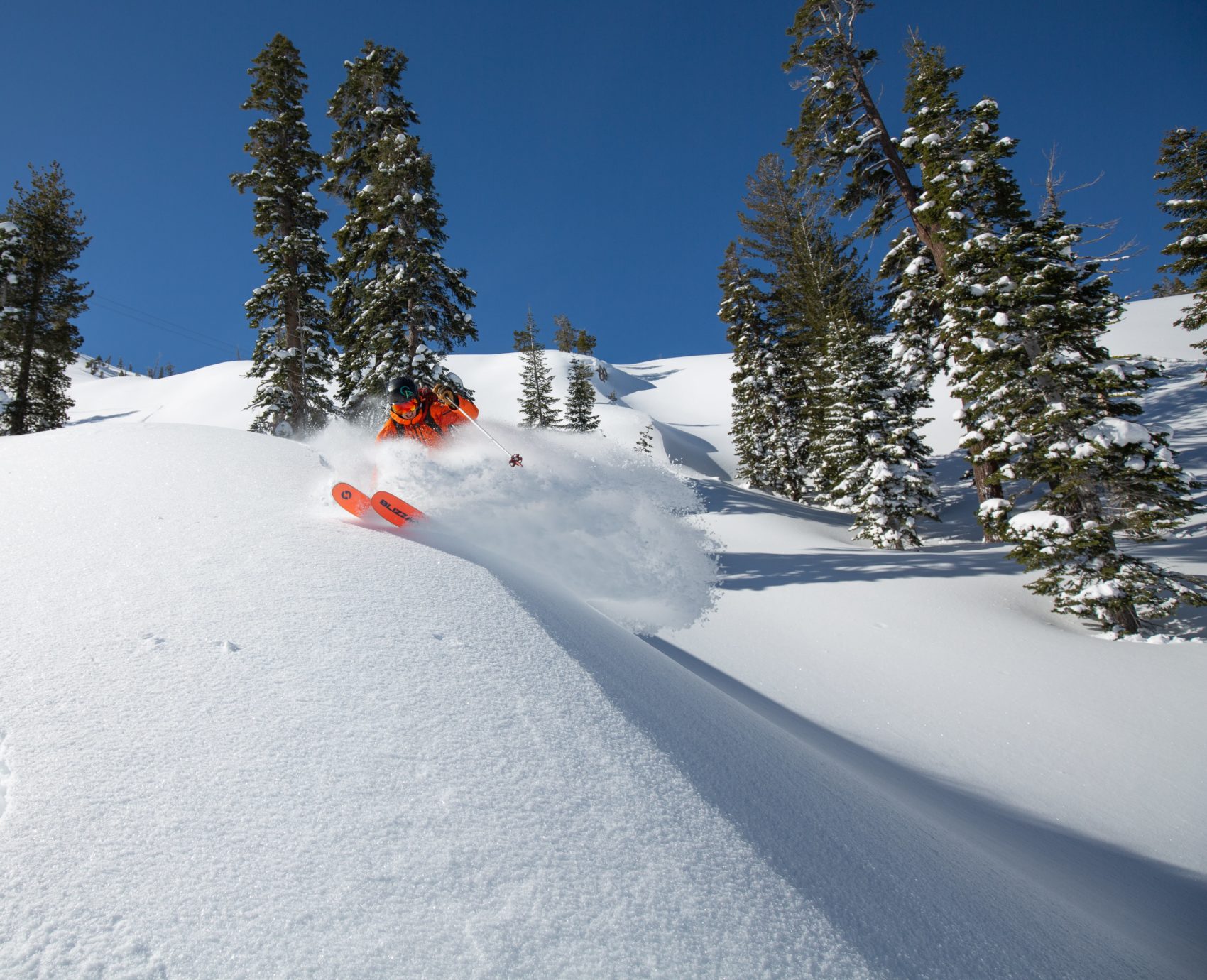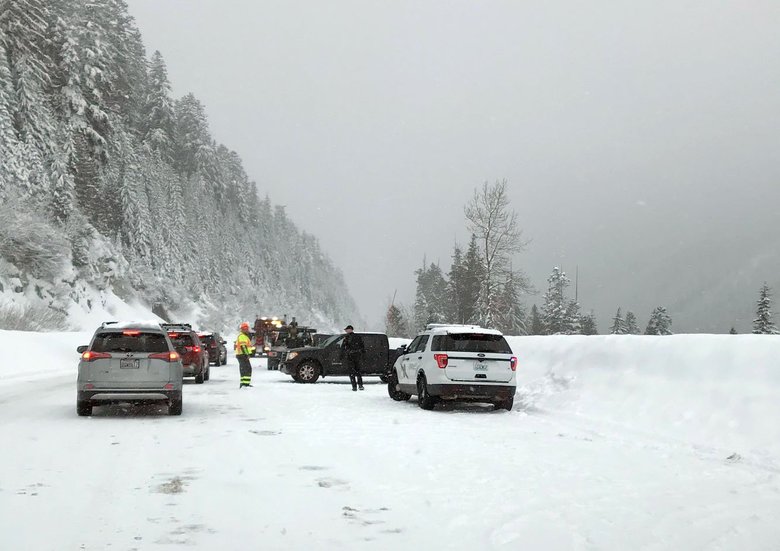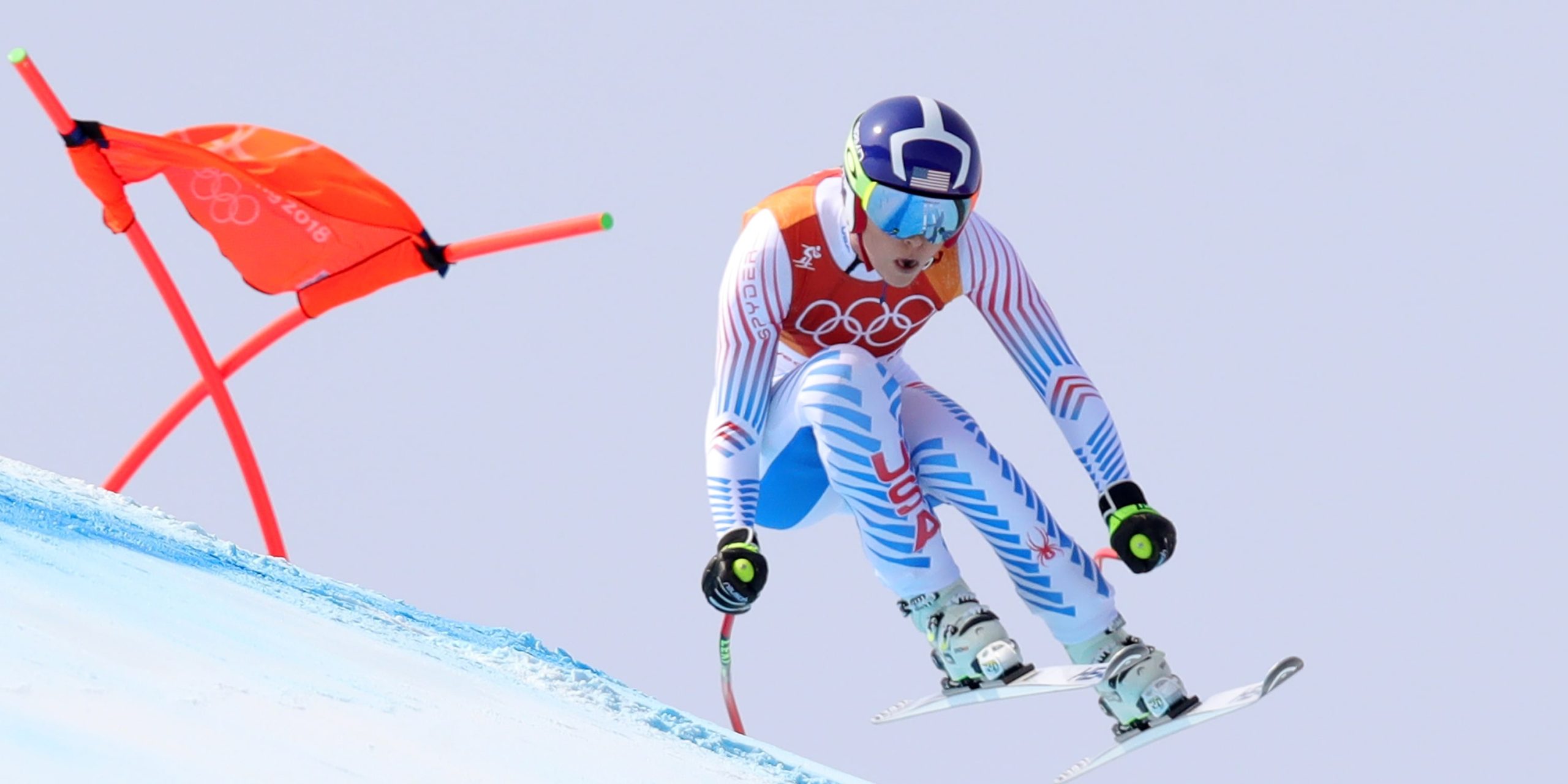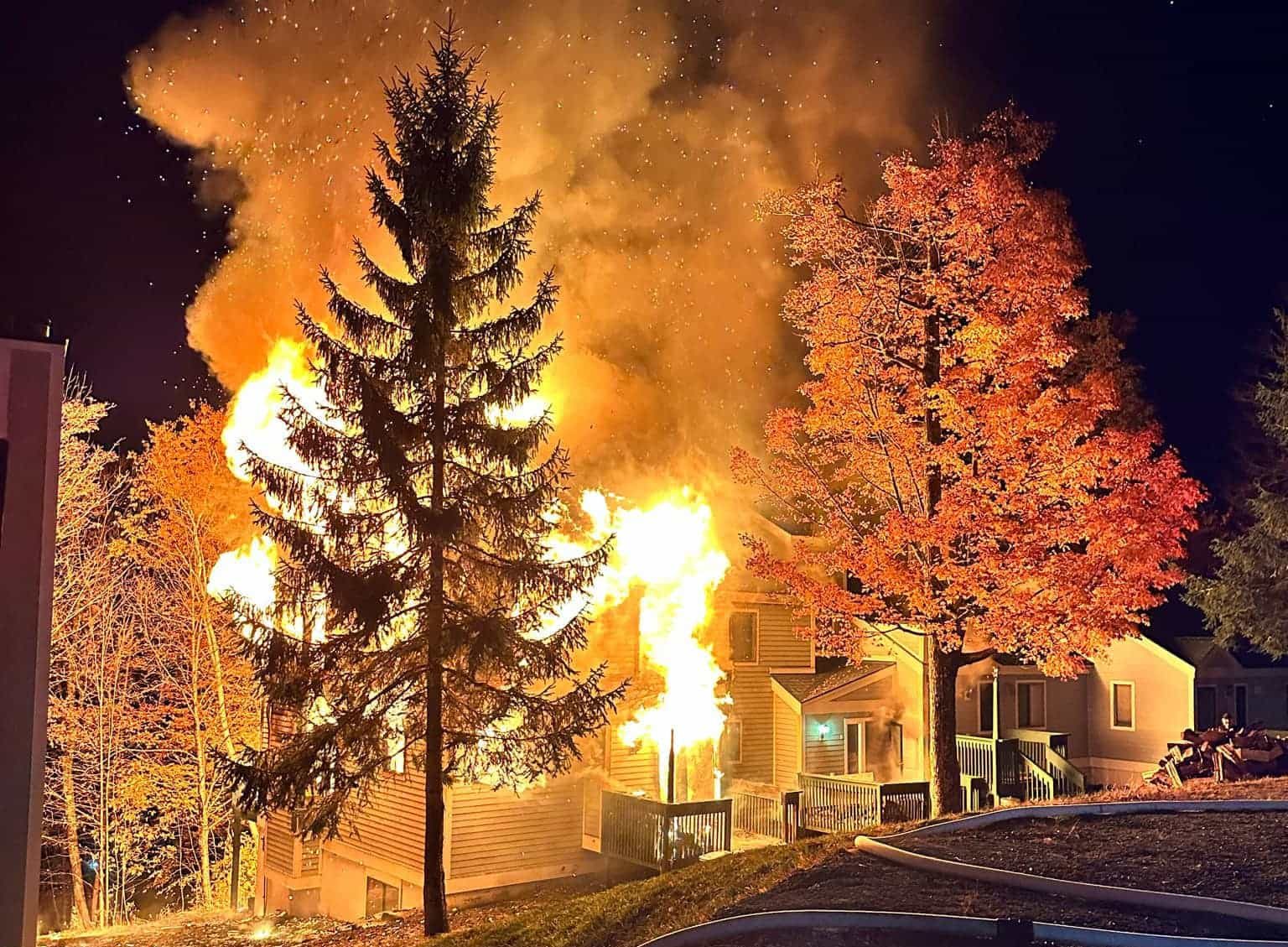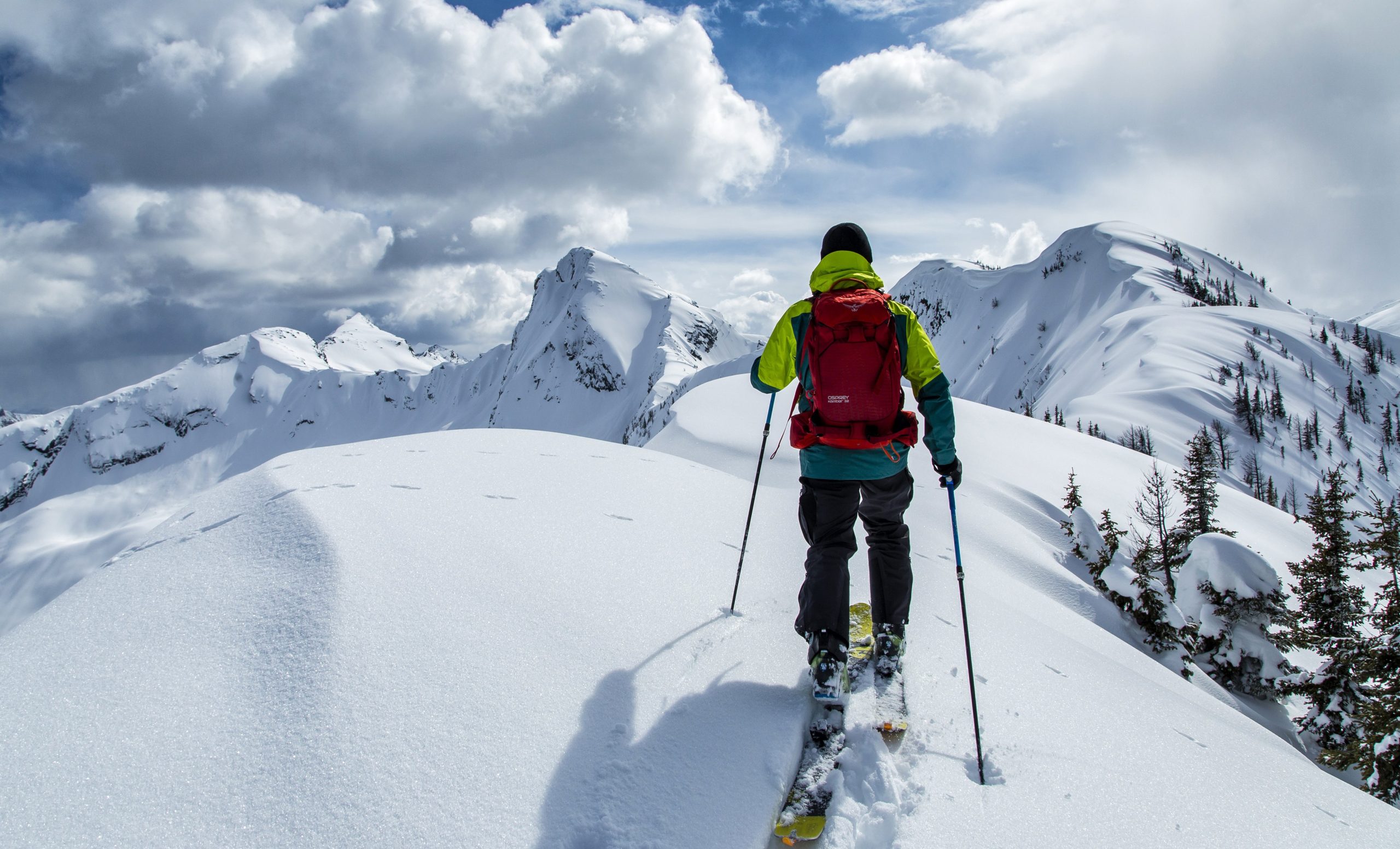
Who can be blamed for wanting to ski outside the ski resort? Fewer people, new terrain, untracked lines, and deep powder are only some of the allurements. In general, this wilderness adventure has been called “backcountry skiing.” However, some other terms have arisen to describe this discipline that deserve further clarification.
Backcountry
This is the broadest term describing any terrain not managed for hazards like avalanches, creeks, and cliffs. Anytime you are skiing without ski patrol or hazard mitigation, you are in the backcountry. All the other terms below would also be backcountry skiing. Even skiing inside a ski resort boundary before or after the resort’s normal operating schedule could be considered backcountry. Purists may argue that true backcountry skiing would be extremely remote, hard-to-reach areas with a long approach.
Sidecountry
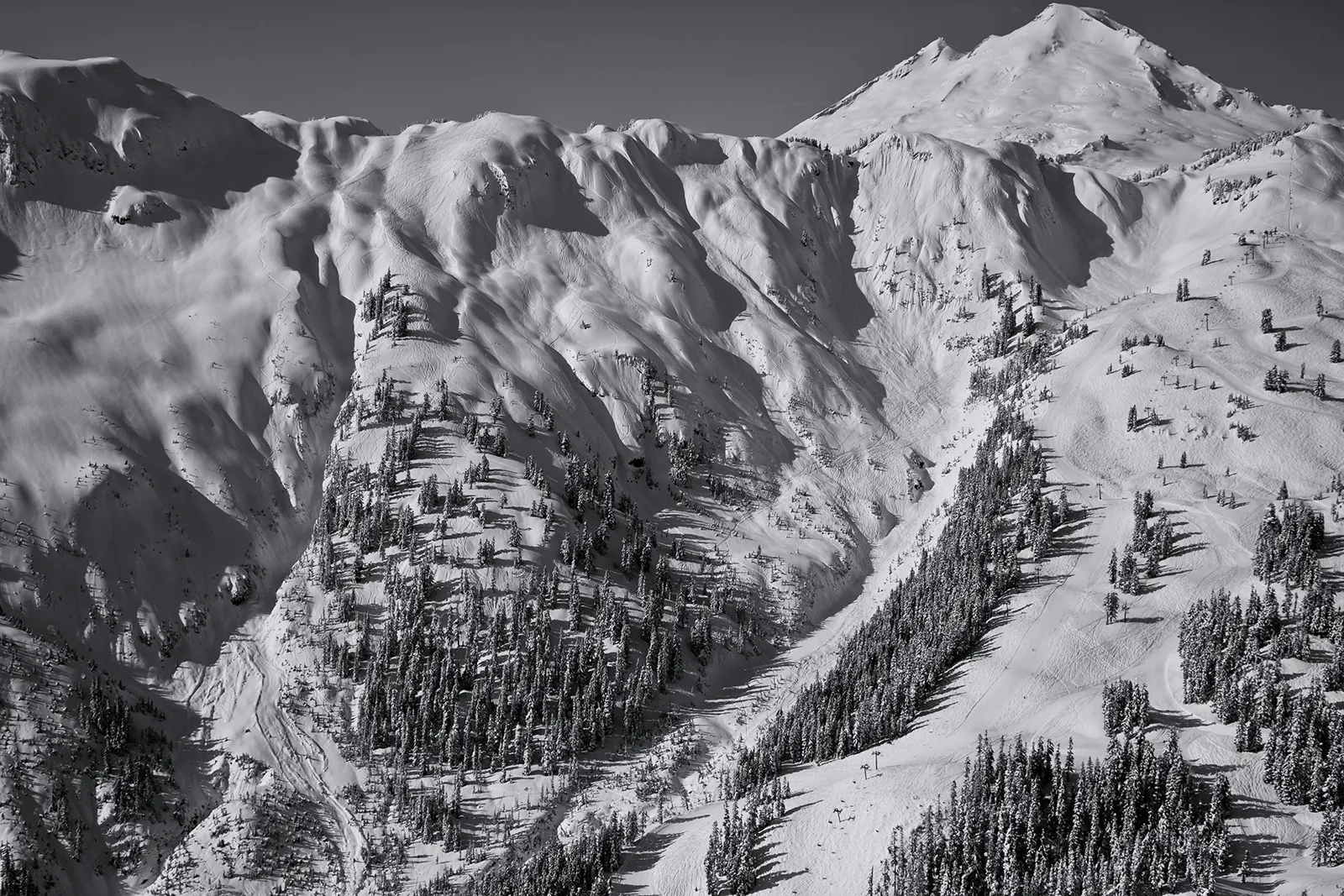
The Sidecountry is backcountry terrain just outside a ski resort’s boundary. This area is often accessed after riding a lift and entering through approved gates. From there, the individual can skin or hike to their desired terrain. “Sidecountry is backcountry” is an accurate phrase you may hear to make people aware that the sidecountry carries the same inherent risks and dangers as the remote backcountry. Just because you are close to a ski area doesn’t mean the risk is less, the term just details the type of backcountry more precisely.
Frontcountry
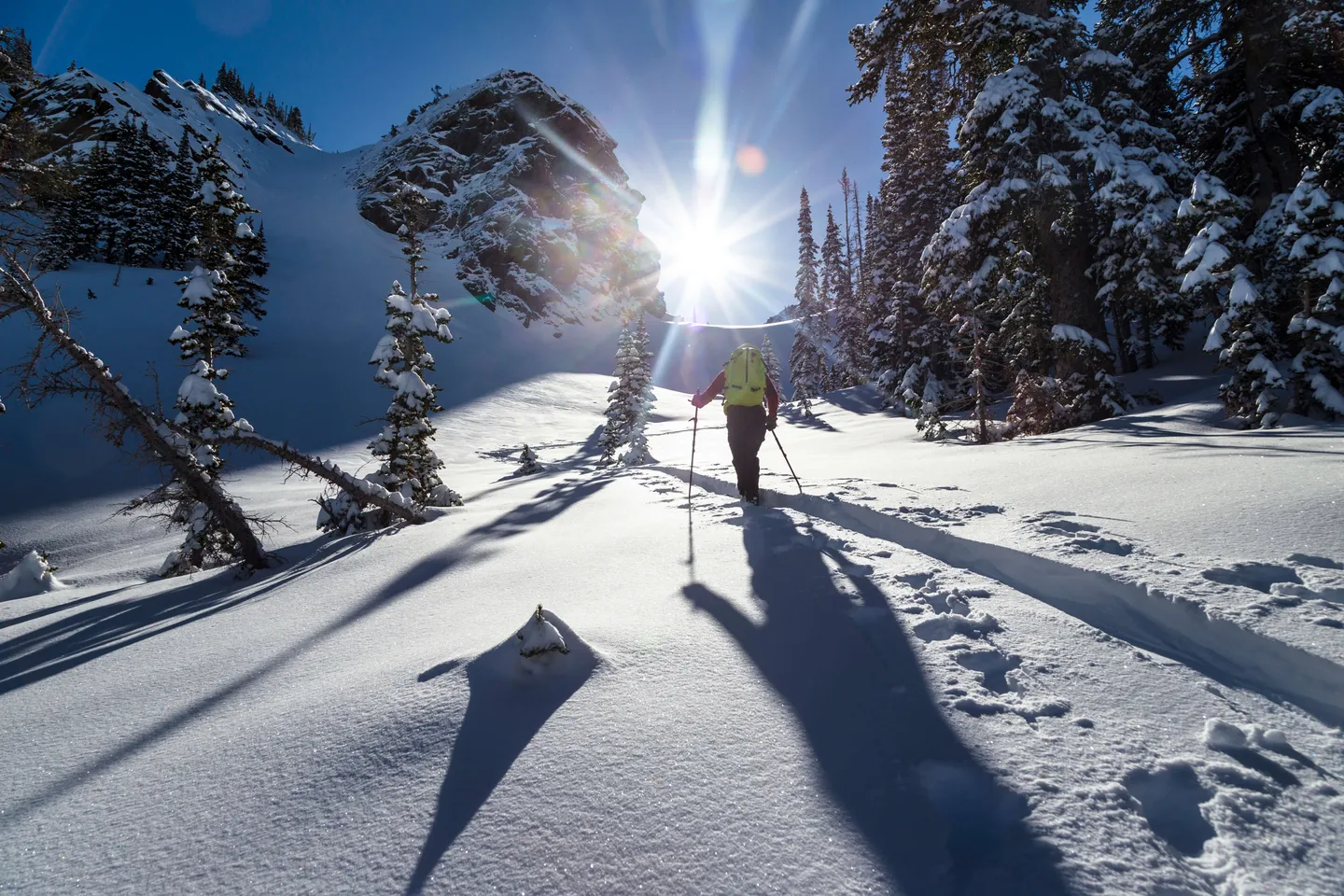
The best way to define frontcountry is it is easy-to-access backcountry terrain. Usually, it is right off the road or on a mountain pass. It typically involves a simple skin track or boot pack, and the descent is simply back down to the road. If you break a binding or get a minor injury you can typically still wade your way down the hill back to your car.
Slackcountry
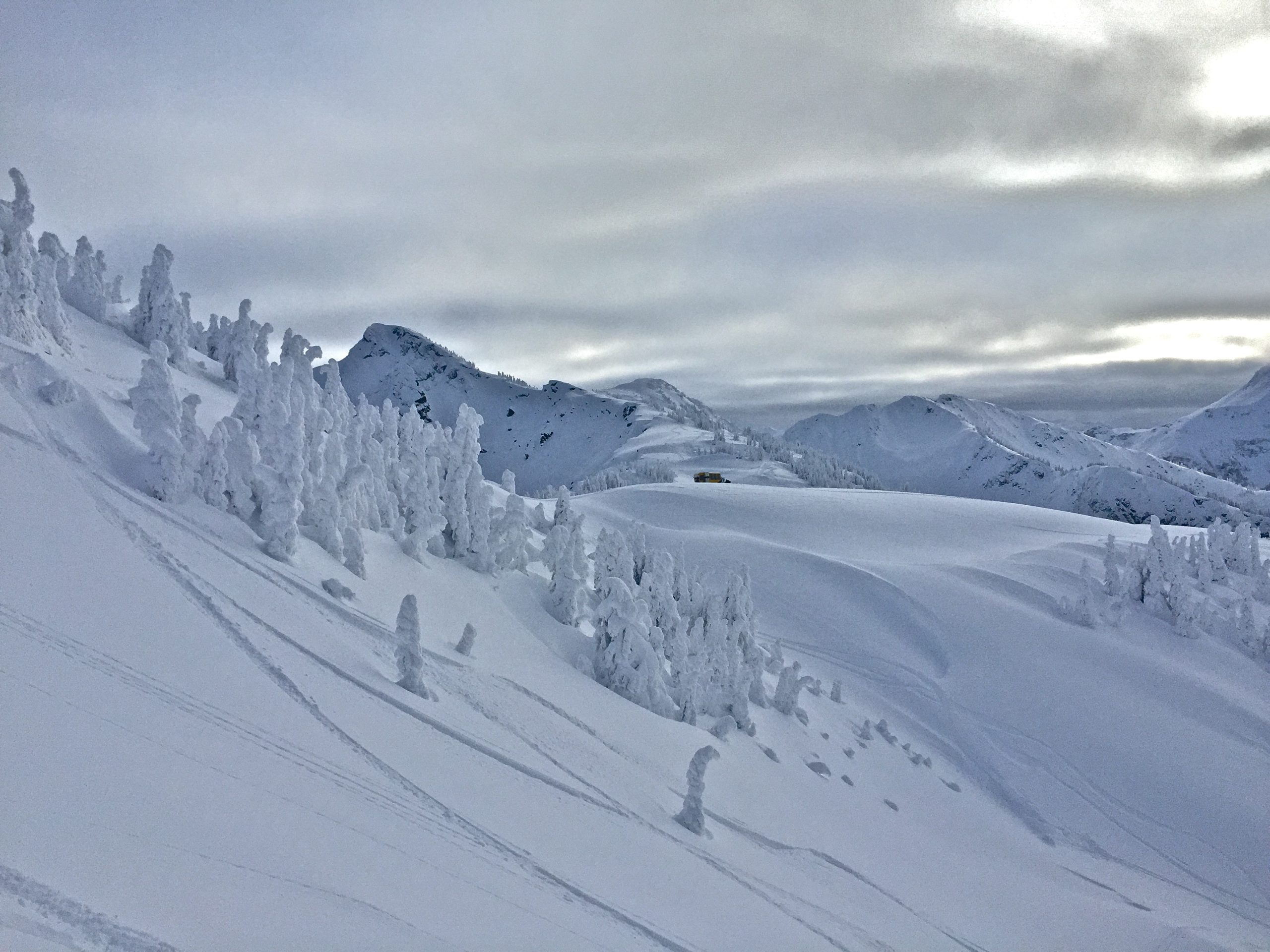
Think of slackcountry as backcountry that doesn’t involve any uphill travel. It is the slacker’s version of backcountry skiing. It could be terrain just outside a ski resort that can be immediately skied with access back to the resort. Or you end in a spot where you can be picked up or hitch a ride back to your starting point.
What about gated access?
Gated access terrain that is still in the resort boundary falls into its own category and is not considered backcountry. The reason is that it is controlled for avalanches and hazards due to it being in bounds. However, the riding can be just as good. The terrain is usually advanced and can feel like backcountry skiing.
Whether you more specifically call it sidecountry, frontcountry, or slackcountry, just know that it is all backcountry. Because of this, it should be treated with respect. Always have the appropriate gear and be educated in backcountry travel and rescue.
